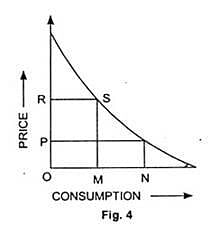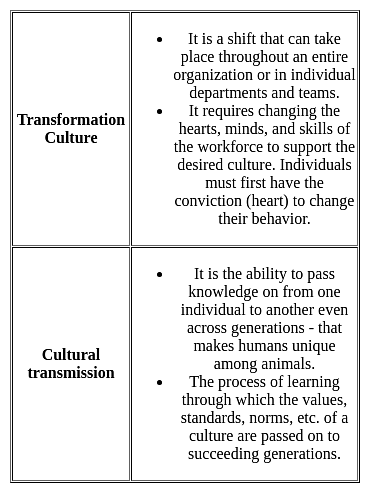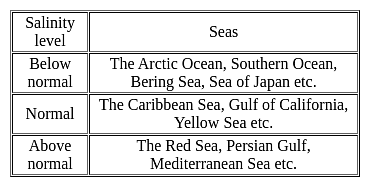TS SET Paper 2 Mock Test - 3 (Geography) - TS TET MCQ
30 Questions MCQ Test TS SET Mock Test Series 2024 - TS SET Paper 2 Mock Test - 3 (Geography)
The process in which the outer layers of rocks are peeled off from the main mass of the rock in the form of concentric shells is known as:
According to W.M. Davis, the landform that gets reduced to a low featureless plain due to vertical and horizontal erosion is known as
The following model of industrial location was given by 

a) Gravity Model: Measures interactions between all the possible locations pairs.
b) Retail Model: Measures the boundary of the market areas.
c) Potential Model: Measures interactions between central location and peripheral locations.
Choose the correct option:
Which of the following is NOT a theme that influenced Ratzel's work?
Consider the following -
1. Methane
2. Nitrous Oxide
3. Halons
Which of the above is/are responsible for depletion of stratospheric ozone?
Which is of the following is negative consequence of migration?
I. It put pressure on social and physical infrastructure in the urban areas
II. It creates anonymity, which creates social vacuum and sense of dejection among individuals
III. Remittances from the international migrants are one of the major sources of foreign exchange
Consider the following terms associated with population studies:
1. Physiological density = total population /net cultivated area.
2. Agricultural density = total agricultural population / net cultivable area.
3. Agricultural population includes only cultivators and agricultural labourers and their family members.
Which of the above statements is/are correct?How many states of India share its border with Bhutan?
What are true in relation to jet stream?
(i) Jet stream blow across Asian Continent at latitudes North of Himalayas parallel to Tibetan highlands.
(ii) Tibetan highland divides jet stream into North and South branches.
(iii) The northern branch of jet stream plays important role in winter weather in India.
Which among the following factors influence the salinity of ocean water?
1. Precipitation
2. Evaporation
3. Ocean Currents
4. Temperature
Select the correct code from the options given below:(a) The laterite soils are used as building material.
(b) The forest soils are rich in humus.
(c) The forest soils are deficient in potash, phosphorus, and lime.
(d) Kari is a type of soil found in Kerala.
Choose the correct option regarding 'Immigration'.
(A) People may move within a country or between countries
(B) People who leave a country
(C) When a person enters a new country.
Consider the following statements:
1. Seamounts are isolated steep submarine hills
2. The Andaman and Nicobar Islands are parts of seamounts projecting above the sea level.
3. The Peru Trench has been formed by subduction of the Nazca Plate below the South American plate.
4. Romanche Gap divides the Mid Pacific Ridge into two parts.
Which of the above statements is/are true?
|
60 tests
|




















